Finding the perfect storage solutions can be a challenge, and sometimes, what seems like an organizational lifesaver ends up making a space feel even messier. Many products promise to streamline your home, but in reality, they often add bulk, encourage hoarding, or create visual chaos. Clunky organizers, oversized furniture, and too many storage bins can make it harder to find what you need. Instead of simplifying your life, these so-called solutions can actually make daily routines more frustrating. Here are 15 common storage ideas that might be doing more harm than good.
1. Over-the-Door Shoe Organizers
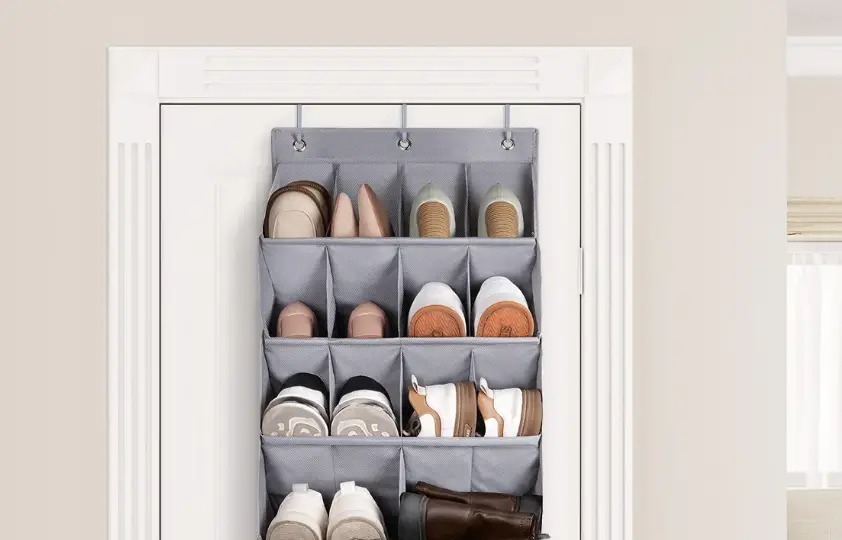
Over-the-door shoe organizers seem like an efficient way to store footwear, but they often lead to more clutter than they prevent. According to The Spruce, these organizers can become overloaded, causing shoes to spill out or make it difficult to close the door properly. They also encourage hoarding, as the extra pockets make it tempting to keep more pairs than necessary. Instead of neatly arranging your shoes, they often create an overstuffed and chaotic appearance.
A better alternative is to use a low-profile shoe rack that keeps pairs visible and easy to access. This prevents forgotten shoes from piling up behind a door and keeps your entryway or closet more organized. If space is limited, consider a rotating shoe carousel or under-bed storage for out-of-season footwear. Choosing a dedicated space for each pair helps maintain a streamlined and functional system.
2. Stackable Storage Bins
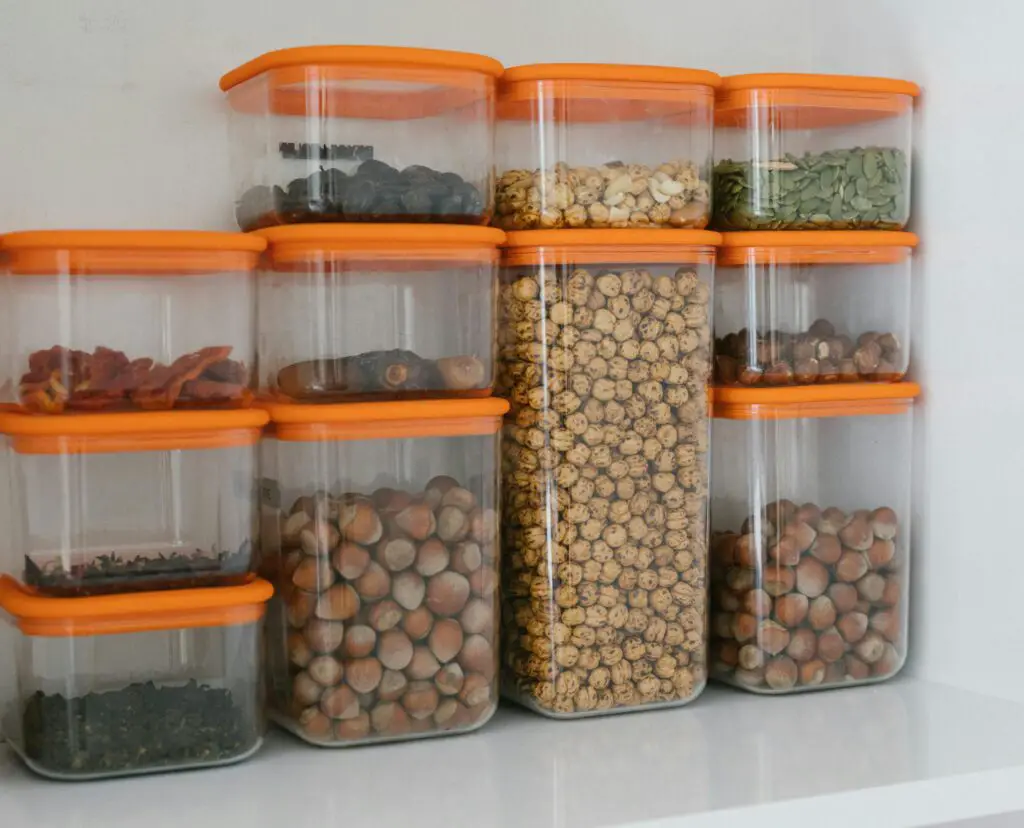
Stackable storage bins promise a tidy way to store seasonal items, but they often create more hassle than they solve. As noted by Real Simple, stacking bins make it difficult to access anything other than the top container, leading to frequent unstacking and restacking. This setup quickly becomes impractical, especially when you need to grab something in a hurry. Instead of offering convenience, it adds unnecessary steps to retrieving stored items.
A more effective solution is using labeled shelving units with clear bins or baskets. Open shelving allows for easy access without the constant need to rearrange stacks. If you prefer bins, opt for slide-out drawer-style containers that provide visibility and accessibility. This method keeps storage functional without turning it into a frustrating puzzle.
3. Hanging Fruit Baskets
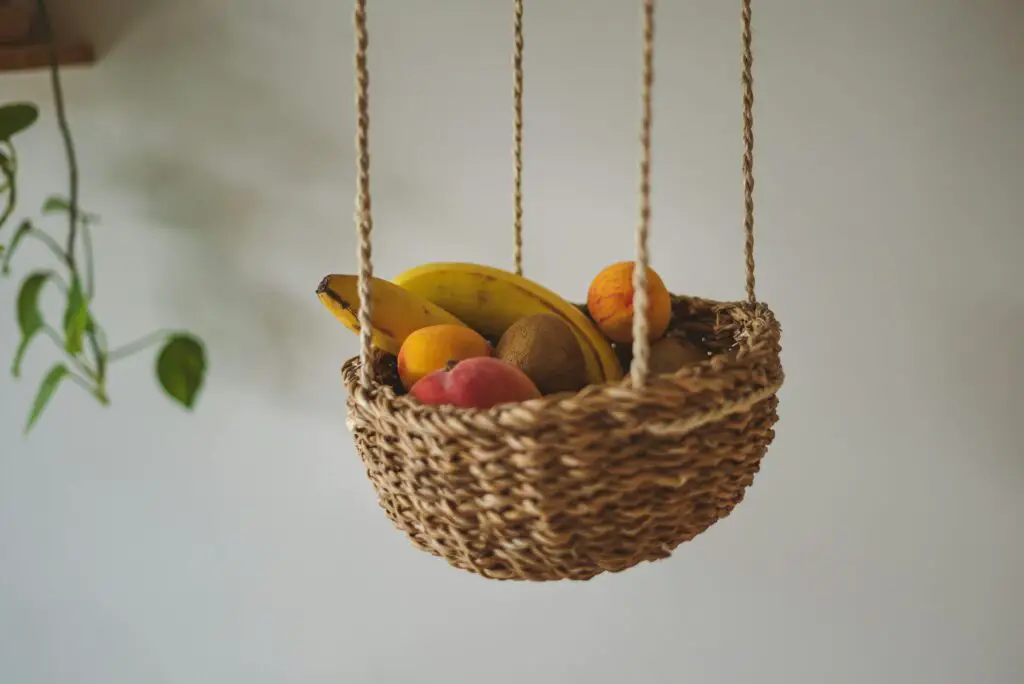
Hanging fruit baskets seem like a great way to free up counter space, but they often create visual clutter in the kitchen. According to Better Homes & Gardens, these baskets encourage overbuying produce, leading to overcrowding and quicker spoilage. They also make it difficult to see what you have, resulting in forgotten and wasted food. The dangling chains and swinging motion can also be a nuisance in smaller kitchens.
A better alternative is a tiered countertop stand or a dedicated fruit drawer in the fridge. These options keep fruit visible without overwhelming the space. If counter space is a concern, a wall-mounted rack with individual compartments offers a more structured and stylish solution. Keeping fruit organized in a designated space helps maintain both aesthetics and freshness.
4. Decorative Storage Ladders
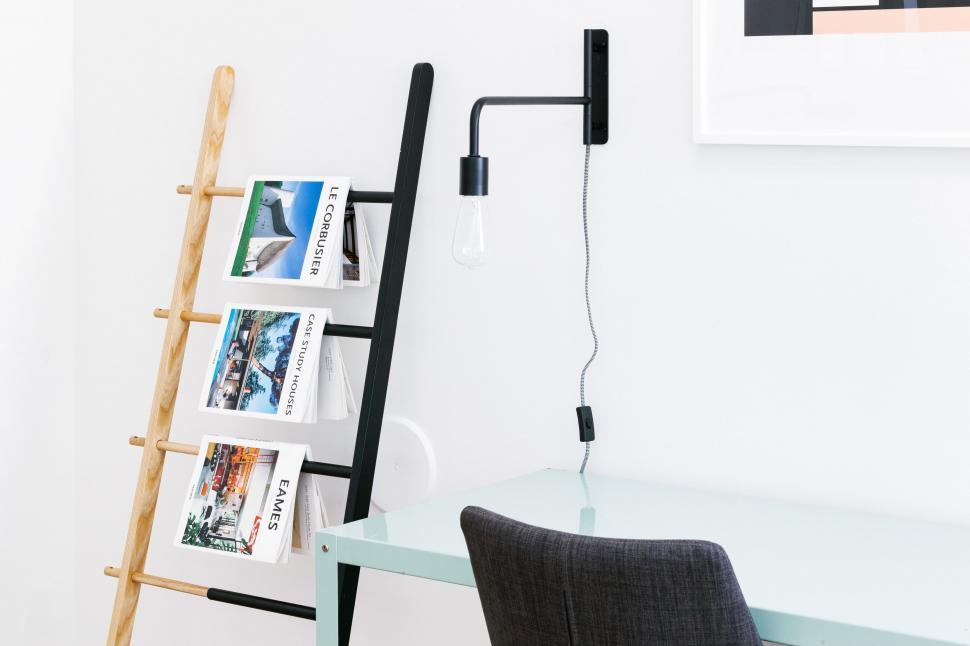
Decorative storage ladders are marketed as a stylish way to store blankets, towels, or magazines, but they often become clutter magnets. According to Apartment Therapy, these ladders tend to collect more than they display, leading to an untidy pile of fabric or papers. They also take up valuable wall space without offering much actual storage. Over time, they can start to look messy rather than intentional.
A better solution is a sleek wall-mounted rack or a storage ottoman that keeps blankets neatly tucked away. If you love the ladder aesthetic, limit it to a few carefully arranged textiles rather than using it as a catch-all. Choosing functional furniture with hidden storage compartments can provide a cleaner and more effective alternative.
5. Fabric Storage Cubes
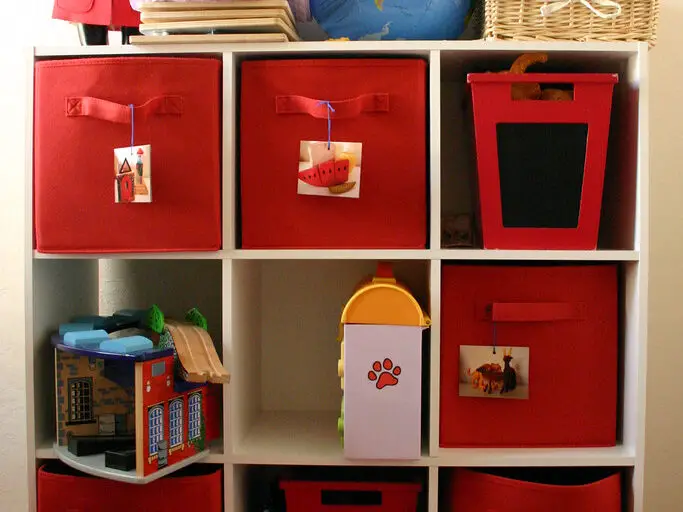
Fabric storage cubes may look tidy at first, but they often become a dumping ground for miscellaneous items. Without proper organization, these cubes encourage stuffing in random belongings, leading to hidden clutter. They also tend to sag over time, making them look sloppy instead of sleek. Rather than improving storage, they often create an illusion of order while concealing disorganization.
A better option is using structured bins with dividers or drawers that keep items neatly categorized. Transparent containers or labeled baskets can help maintain visibility and accessibility. By creating a system that prevents items from getting lost in deep, unstructured cubes, you can maintain a more functional space.
6. Storage Ottomans
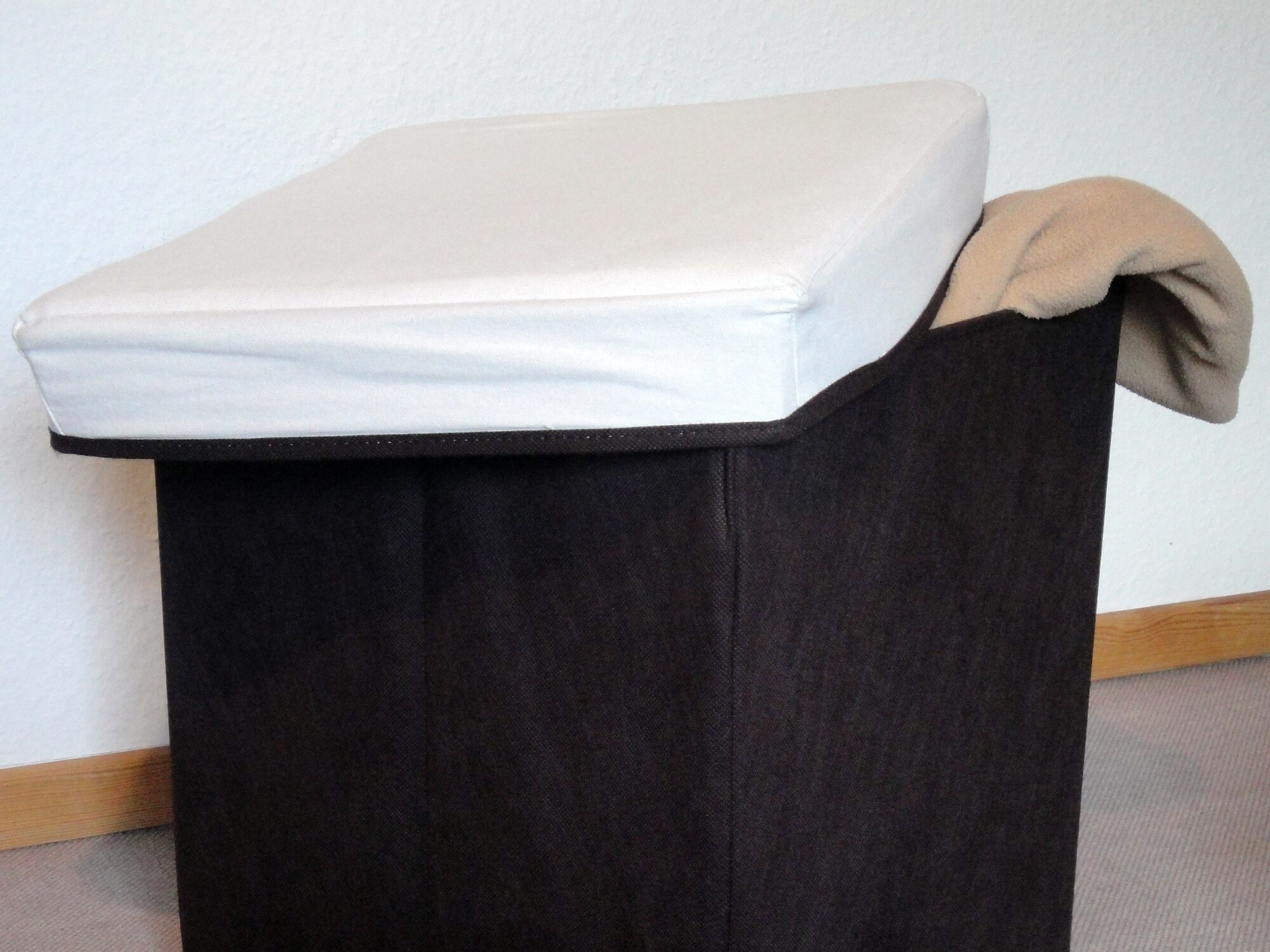
Storage ottomans are often advertised as a multifunctional way to keep rooms tidy, but they can quickly become clutter black holes. Since they hide contents from view, they encourage mindless storage of random items that don’t belong together. Over time, they end up filled with forgotten clutter, making it difficult to find anything useful. Instead of truly decluttering a space, they simply shift the mess out of sight.
A better approach is using open shelving or storage benches with compartments for clearly defined purposes. If an ottoman is necessary, use it for specific items like extra pillows or seasonal blankets rather than miscellaneous clutter. Keeping designated storage areas prevents chaos from accumulating inside hidden spaces.
7. Spice Racks with Too Many Tiers
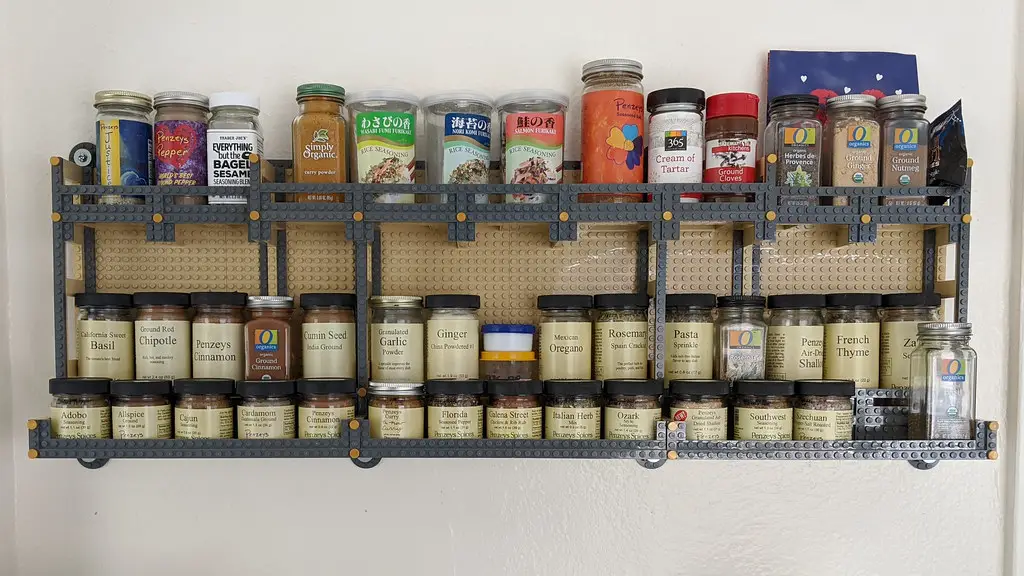
Spice racks with multiple tiers promise easy access to seasonings but often result in overcrowding. When spices are stacked too closely, labels become hard to read, and retrieving the right one can be frustrating. This leads to duplicate purchases and expired products lurking in the back. Instead of making cooking more convenient, these racks can create a disorganized mess.
A better alternative is a shallow drawer insert or a wall-mounted spice rack with individual slots. These options keep spices visible and easy to grab without the risk of overcrowding. By prioritizing organization over sheer storage capacity, you can maintain a more functional kitchen setup.
8. Under-Bed Storage
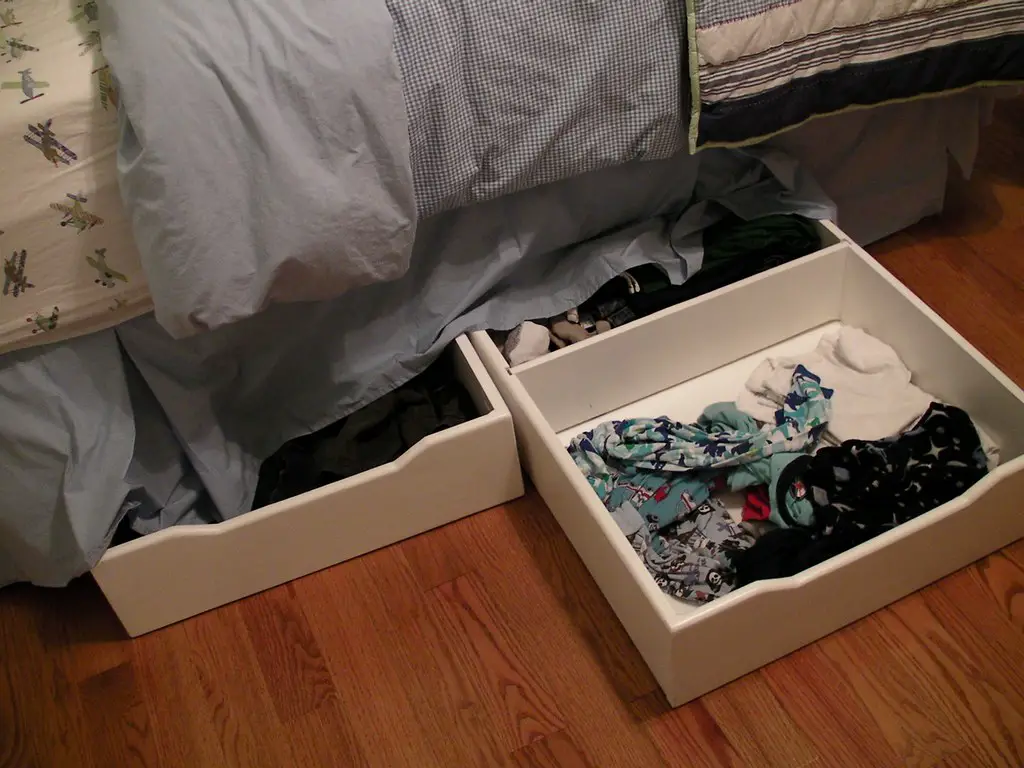
Under-bed storage is meant to maximize space, but they often become clutter traps. Without proper dividers, these bags encourage haphazard storage, leading to a jumble of forgotten items. They also collect dust and can be difficult to pull out, making them an inconvenient long-term solution. Rather than keeping things neat, they often create an out-of-sight, out-of-mind problem.
A better option is using shallow rolling bins with clear lids to keep items easily accessible. Categorizing belongings and labeling bins helps prevent unnecessary accumulation. Investing in an organized system ensures that under-bed storage remains a helpful solution rather than a hidden mess.
9. Freestanding Closet Systems
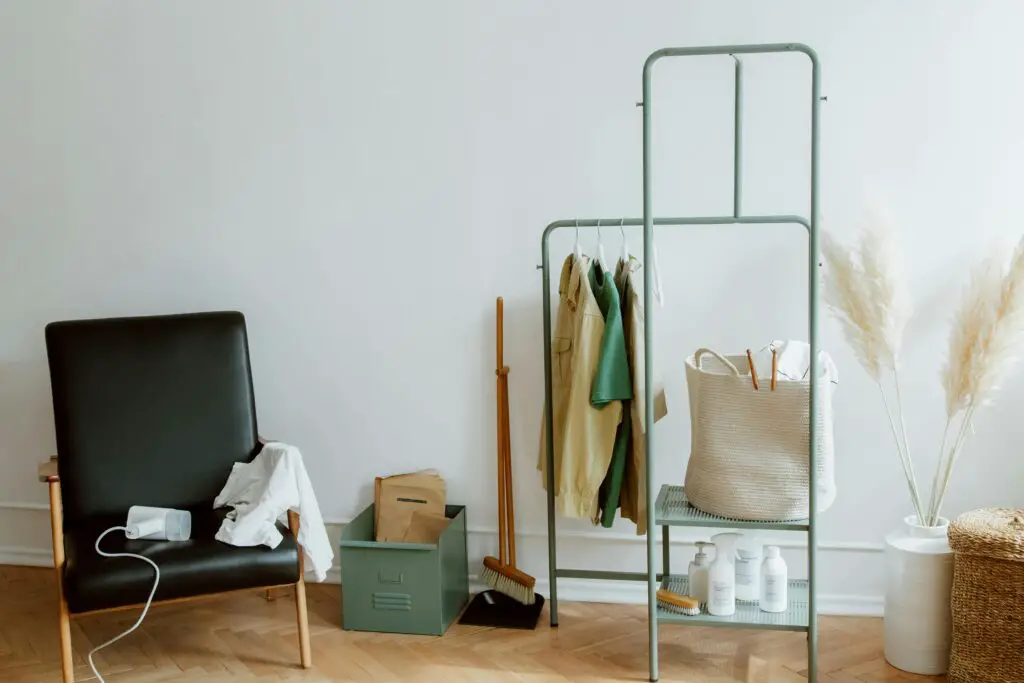
Freestanding closet systems may seem like an ideal storage upgrade, but they often create more clutter than they eliminate. Without built-in stability, these systems tend to shift, leading to lopsided shelves and tangled clothing. The open design also makes it easier for clothes and accessories to pile up in an unorganized fashion. Instead of creating a streamlined look, they can make a space feel messier over time.
A more practical solution is investing in a built-in closet system with adjustable shelving and designated storage areas. Customizing compartments to fit specific items prevents overcrowding and encourages organization. If a freestanding system is necessary, choosing one with enclosed storage compartments can help minimize visual clutter.
10. Hanging Closet Organizers
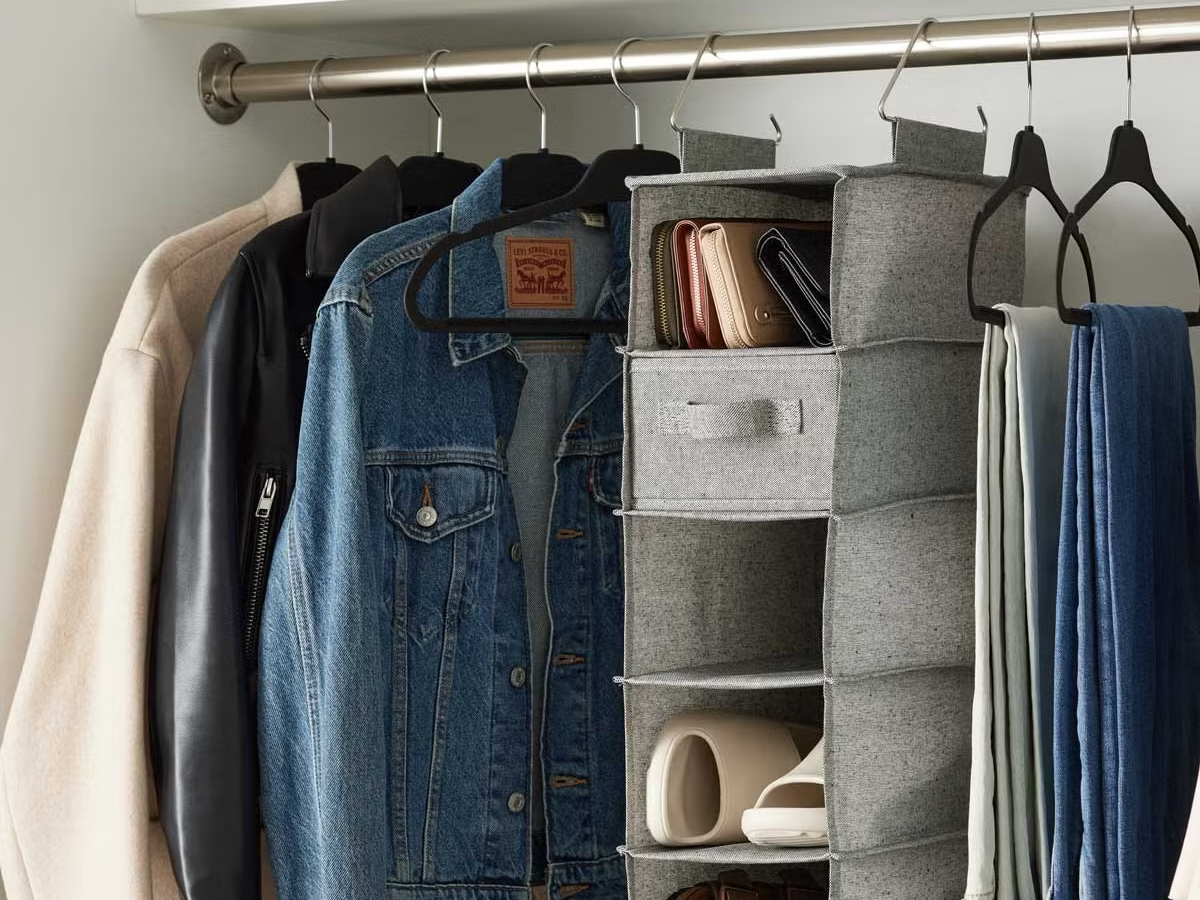
Hanging closet organizers promise to maximize vertical space, but they often lead to a disorganized mess. Overloaded compartments sag under the weight of clothing, making it difficult to keep items neatly folded. Because they lack rigid structure, they tend to slump or shift, resulting in a cluttered appearance. Instead of enhancing closet organization, they frequently contribute to chaos.
A better alternative is installing sturdy built-in shelves or using clear stackable bins for specific categories. Drawer dividers can also help separate clothing while maintaining a structured appearance. By choosing storage solutions with built-in stability, it’s easier to keep a closet tidy and functional.
11. Open Kitchen Shelving

Open kitchen shelving is a trendy storage choice, but it can quickly become a dust-covered nightmare. Without cabinet doors to protect items, dishes and cookware accumulate grease and grime from everyday cooking. The exposed shelves also encourage overcrowding, making it harder to maintain a minimalist look. Instead of offering convenience, they often demand constant upkeep to avoid a cluttered aesthetic.
A better solution is using a combination of closed cabinets for everyday items and a limited number of open shelves for decorative or frequently used pieces. Keeping open shelving minimal ensures that it enhances the kitchen’s design without becoming a maintenance hassle. Selecting easy-to-clean materials can also make upkeep less time-consuming.
12. Floating Bathroom Shelves
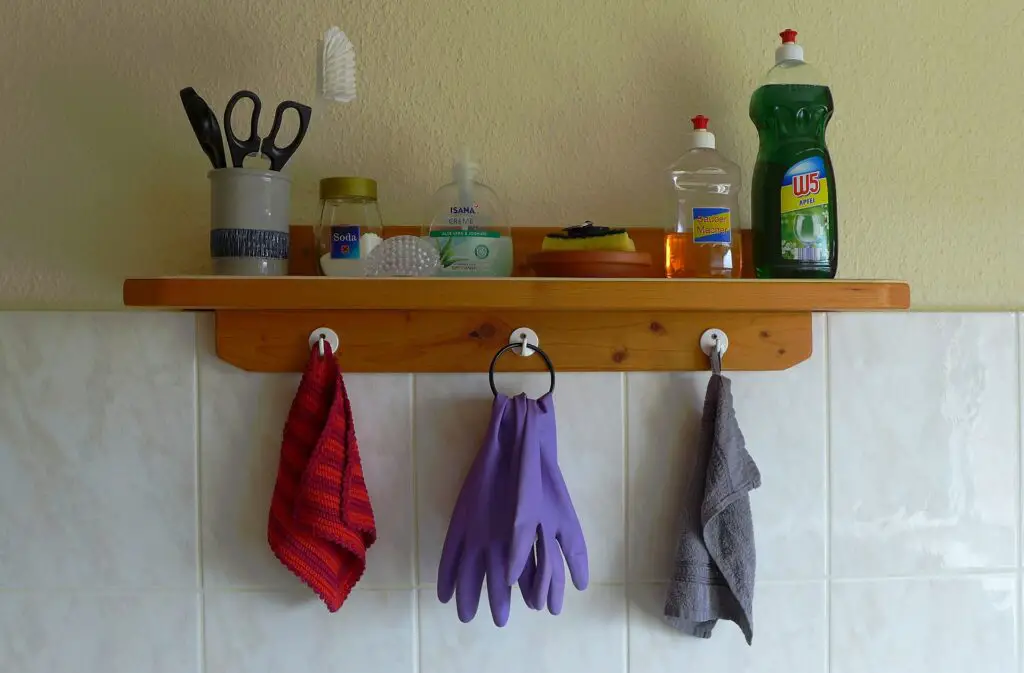
Floating bathroom shelves appear sleek and space-saving, but they often turn into clutter hotspots. Since they lack built-in dividers, products tend to pile up in an unorganized fashion. The open design also exposes toiletries to dust and moisture, making them harder to maintain. Instead of providing practical storage, they frequently create a messy and overcrowded look.
A better alternative is installing cabinets or using countertop organizers with compartments. Enclosed storage helps keep toiletries neatly arranged while protecting them from humidity. Limiting floating shelves to decorative accents rather than everyday essentials prevents unnecessary clutter.
13. Wicker Storage Baskets

Wicker storage baskets may add a stylish touch to a room, but they are not always the most practical solution. The woven material allows small items to slip through gaps, leading to lost or misplaced belongings. Over time, they can also fray or collect dust, making them harder to clean. Instead of simplifying organization, they often contribute to more clutter.
A better option is using structured bins with solid sides or lids to keep items securely contained. Opting for baskets with built-in liners can also help prevent smaller objects from getting lost. Choosing storage solutions based on function rather than aesthetics ensures a more organized space.
14. Bulk Storage Containers
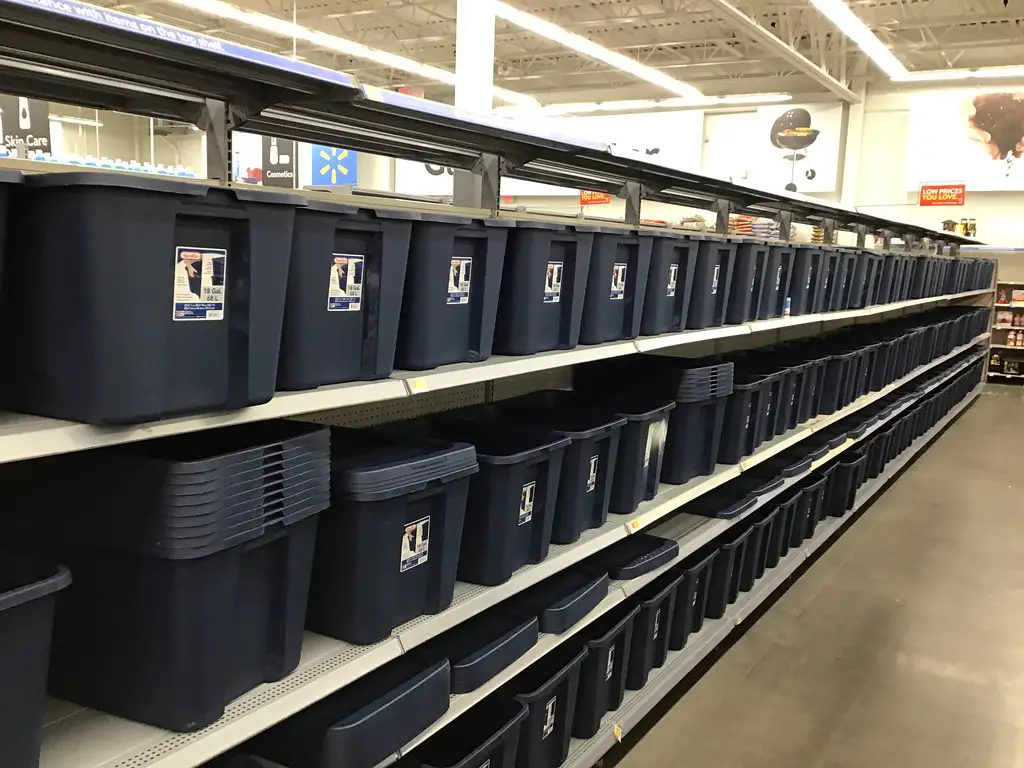
Bulk storage containers seem like a great way to organize pantry staples, but they often take up more space than they save. Oversized bins encourage over-purchasing and make it difficult to see what’s inside without opening them. If not properly labeled, they can lead to forgotten or expired food items. Instead of promoting efficiency, they frequently add unnecessary bulk to kitchen storage.
A more efficient alternative is using clear, stackable containers with easy-to-read labels. Smaller, appropriately sized containers help keep food fresh without wasting space. Organizing pantry items based on frequency of use also prevents excess clutter from accumulating.
15. Entryway Storage Benches

Entryway storage benches are marketed as a practical way to keep shoes and accessories organized, but they often end up as dumping grounds. Without clear compartments, they quickly fill up with mismatched items, making it harder to find what you need. Shoes, bags, and seasonal gear often pile up in a disorderly manner, leading to a cluttered entryway. Instead of creating order, they frequently become a hidden mess.
A better solution is using cubby-style shelving or individual hooks for designated storage. Wall-mounted organizers or slim shoe cabinets help keep entryways tidy without overwhelming the space. Establishing a structured system ensures that storage remains functional rather than chaotic.
